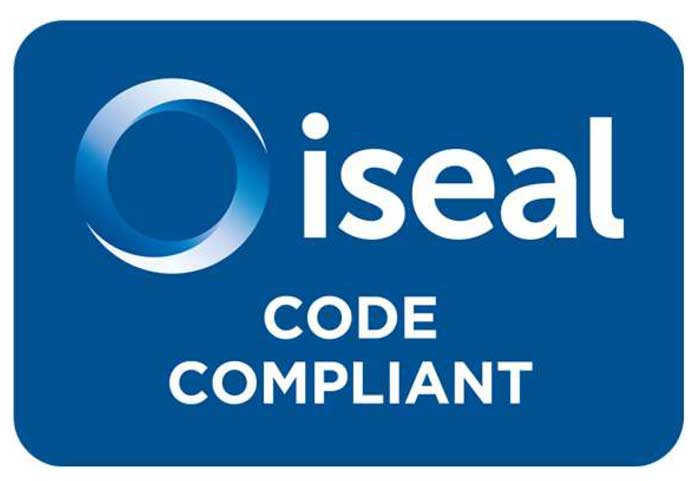Indigenous-led Participatory and Cumulative Impact Assessment (IPCIA) Guidance Document and implementation
- Indigenous led Participatory Cumulative Impact Assessment (IPCIA) methodology developed by the Sami people in Norway, through Protect Sápmi.
- IPCIA methodology values and incorporates Indigenous People’s knowledge, particularly focusing on assessing impacts of development on traditional lands.
- Further tests and developments by Indigenous Peoples in their local situation.
- Applied by Indigenous Peoples at two locations in India, supported by ASI.
The IPCIA methodology was developed by the Sami people to assess the cumulative impacts of wind power and other development on traditional reindeer herding lands. It ensures the full inclusion of Indigenous People’s perspectives, supporting self-determination and empowerment, and serves as a powerful tool for confirming baseline assessments. The IPCIA methodology thus empowers traditional knowledge and creates real conditions for a well-executed Free Prior and Informed Consent (FPIC) process.
Learnings & recommendations
The project has provided an opportunity to (a) provide support to Protect Sápmi to document the methodology to share through ASI’s Indigenous Peoples Advisory Forum (IPAF) and (b) further test and develop the methodology by other Indigenous Peoples in their local situation. The method has proven to be resilient, with demonstrated application in two very different settings in India. The IPCIA has proven to be empowering by utilising Indigenous knowledge systems and understanding of the natural environment through their lens and with their holistic worldview. Importantly, it acknowledges that Indigenous knowledge is equal to or even more insightful than university-trained Western-based and sometimes reductionist knowledge systems.
ASI reflections
The IPCIA methodology is an adaptable easy-to-apply methodology that can be utilized in any setting, using freely available technology, to see the world from an Indigenous People’s perspective. It allows for the observation of the world with all its interactions, embodying a truly cumulative and common-sense approach. ASI’s support for this project has enabled wider access, understanding and application by Indigenous Peoples.
Resources
Back to Summary of D&R Activities


